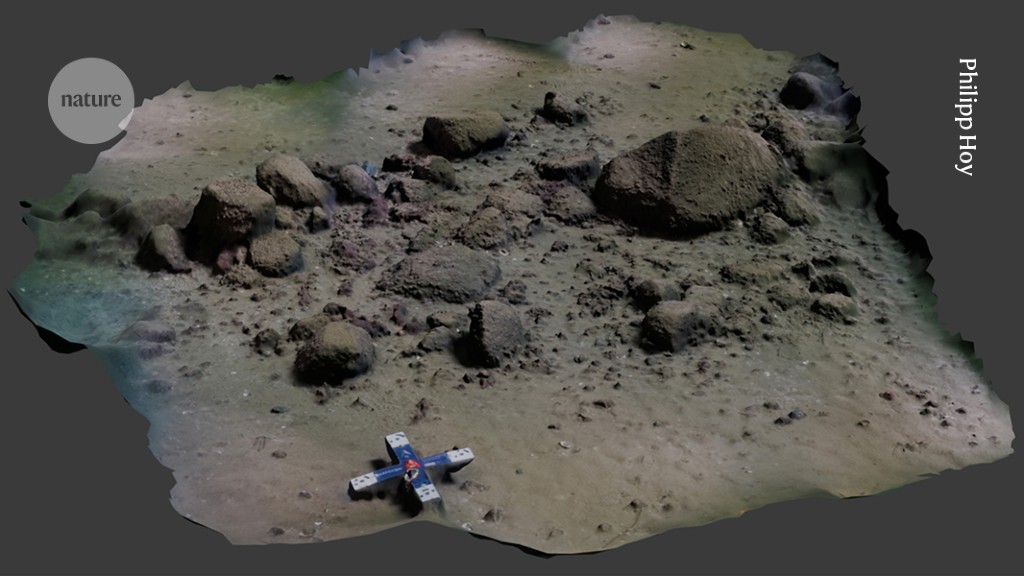Researchers have discovered Europe’s oldest known megastructure, the Stone Age wall known as Blinkerwall submerged beneath the waves of the Baltic Sea.

Also Read: Evidence of Homo Sapiens in Northern Europe 45000 Years Ago Discovered
Nearly a kilometer along the seafloor in the Bay of Mecklenburg, off Germany’s Baltic coast, this ancient marvel has speculation about its origins, purpose, and importance in understanding humanity’s early interactions with the environment.
The accidental finding of the wall, named the Blinkerwall, occurred during a routine scientific expedition when a multibeam sonar system revealed a peculiar arrangement of stones and boulders.
Closer examination unveiled a constructed structure composed of approximately 1,400 smaller stones interlinked with nearly 300 larger boulders.
Many of these boulders were deemed too massive for ancient humans to have moved without sophisticated techniques, shows a level of engineering in previously unrecognized in prehistoric societies.
Dating back more than 10,000 years, to a time when the region was likely a lush inhabited by hunter-gatherer communities, the Blinkerwall presents a window into the distant past.
Researchers speculate that it may has been a tool for early humans engaged in the pursuit of prey, particularly herds of reindeer that roamed the area.
By creating an artificial bottleneck or directing the movement of animals towards natural obstacles like lakeshores, hunters could have optimized their chances of securing sustenance in an unforgiving environment.
Also Read: Ram Mandir Inauguration: PM Narendra Modi Unveils Ram Lalla Idol in Ayodhya
Blinkerwall offers insights into the ingenuity of our ancient ancestors and on their relationship with the natural world.
The construction of such a monumental barrier suggests an understanding of animal behavior, hinting at a level of cultural sophistication that challenges conventional perceptions of Stone Age societies.
The discovery of the Blinkerwall underlines the interconnectedness of human history and environmental change. Submerged beneath 21 meters of water due to rising sea levels approximately 8,500 years ago.
During the late Pleistocene era, when the wall is believed to have been constructed, Europe was a vastly different landscape. Glacial ice sheets blanketed much of the continent, shaping its topography and climate in ways.
Early hunter-gatherer societies eked out a precarious existence, relying on their wits and resourcefulness to survive.
The discovery of the Blinkerwall suggests that they possessed a sophisticated understanding of animal behavior and migration patterns.
But what motivated these ancient peoples to undertake such monumental feats of engineering, The answer may lie in the seasonal migration patterns of reindeer, which has been a food source for prehistoric communities.
By constructing the Blinkerwall, hunters could effectively funnel these animals towards designated trapping areas, maximizing their chances of a successful hunt.
Also Read: Aliens Found in Peru are Dolls Made with Animal Bones



/https%3A%2F%2Ftf-cmsv2-smithsonianmag-media.s3.amazonaws.com%2Ffiler_public%2Fd0%2F4a%2Fd04a06d0-0082-46eb-8d8f-343b817f77dc%2F022-rekonstruktion.jpg)




















